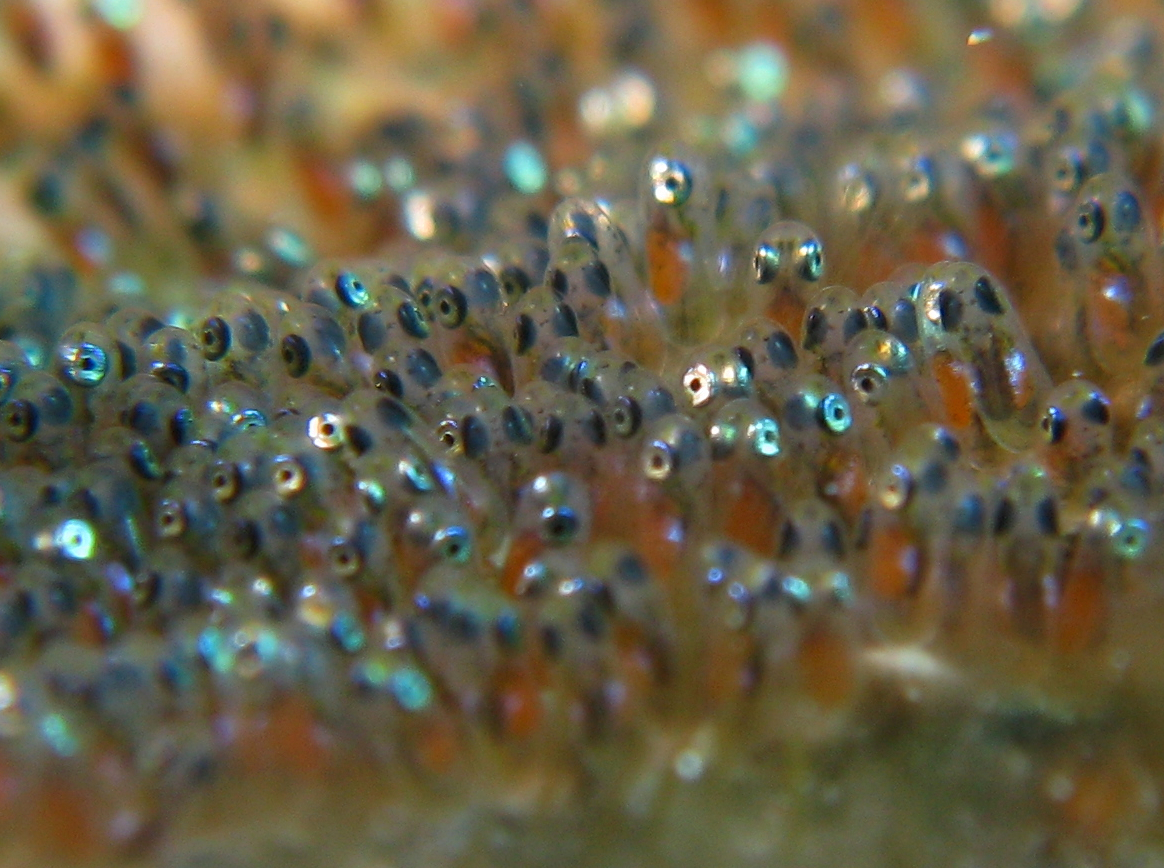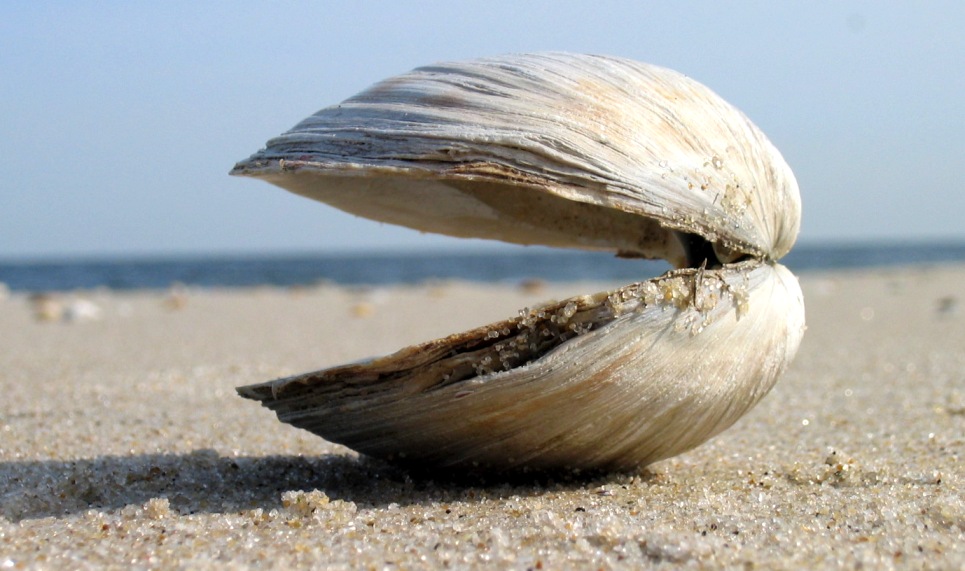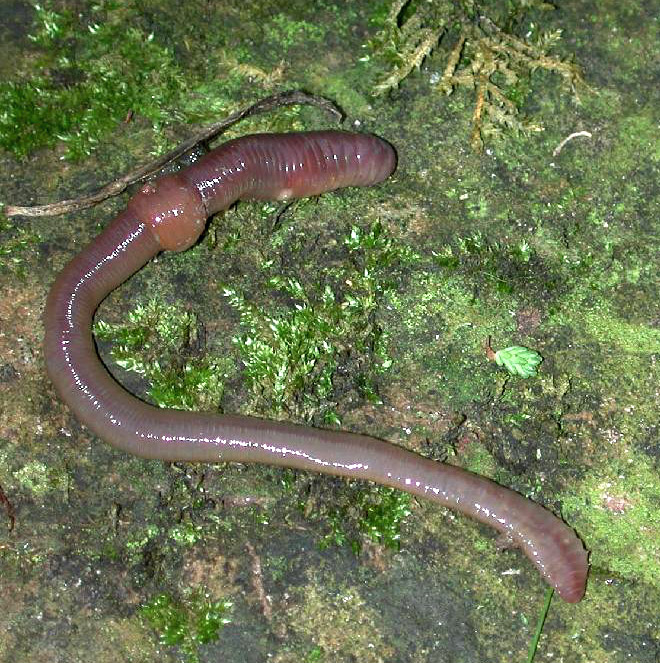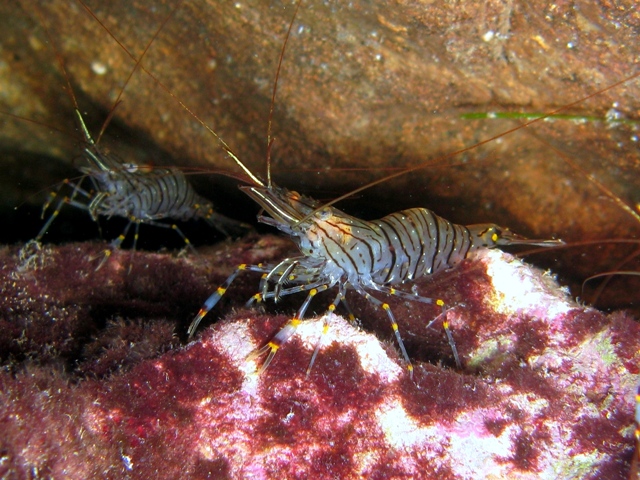|
White Croaker
White croaker (''Genyonemus lineatus'') is a species of croaker occurring in the Eastern Pacific. White croakers have been taken from Magdalena Bay, Baja California Sur, to Vancouver Island, British Columbia, but are not abundant north of San Francisco. White croakers swim in loose schools at or near the bottom of sandy areas. Sometimes they aggregate in the surf zone or in shallow bays and lagoons. Most of the time they are found in offshore areas at depths of . On rare occasions they are fairly abundant at depths as great as . The white croaker is the only species of in the genus ''Genyonemus''. '' G. whistleri''Miocene Puente Formation Los Angeles Basin Other common names for the fish include Pasadena trout, tommy croaker, and little bass. Description The body of the white croaker is elongate and somewhat compressed. The head is oblong and bluntly rounded, with a mouth that is somewhat underneath the head. The color is incandescent brownish to yellowish on the back becoming s ... [...More Info...] [...Related Items...] OR: [Wikipedia] [Google] [Baidu] |
Theodore Gill
Theodore Nicholas Gill (March 21, 1837 – September 25, 1914) was an American ichthyologist, mammalogist, malacologist, and librarian. Career Born and educated in New York City under private tutors, Gill early showed interest in natural history. He was associated with J. Carson Brevoort in the arrangement of the latter's entomological and ichthyological collections before going to Washington, DC, in 1863 to work at the Smithsonian Institution. He catalogued mammals, fishes, and mollusks most particularly, although he maintained proficiency in other orders of animals. He was librarian at the Smithsonian and also senior assistant to the Library of Congress. He was elected as a member of the American Philosophical Society in 1867. Gill was professor of zoology at George Washington University. He was also a member of the Megatherium Club at the Smithsonian Institution in Washington, DC. Fellow members frequently mocked him for his vanity. He was president of the American Asso ... [...More Info...] [...Related Items...] OR: [Wikipedia] [Google] [Baidu] |
Yellowfin Croaker
The yellowfin croaker (''Umbrina roncador'') is a species of croaker occurring from the Gulf of California, Mexico, to Point Conception, California. They frequent bays, channels, harbors and other nearshore waters over sandy bottoms. These croakers are more abundant along beaches during the summer months and may move to deeper water in winter. There is no set size limit for the yellowfin croaker. Other common names include yellowfin drum, Catalina croaker, yellowtailed croaker, and golden croaker. Description The body of the yellowfin croaker is elliptical-elongate with the back somewhat arched. The head is conical and blunt. The color is iridescent blue to gray with brassy reflections on the back diffusing to silvery white below. The sides and back have many diagonal dark wavy lines. The fins are yellowish except for the dark dorsal fins. The yellowfin croaker differs from other California croakers in having a single fleshy projection, a barbel, on the lower jaw and two heavy ... [...More Info...] [...Related Items...] OR: [Wikipedia] [Google] [Baidu] |
Western North American Coastal Fauna
Western may refer to: Places *Western, Nebraska, a village in the US *Western, New York, a town in the US * Western Creek, Tasmania, a locality in Australia * Western Junction, Tasmania, a locality in Australia *Western world, countries that identify with shared "Western" culture *Western United States, a region of the United States Arts and entertainment Films * ''Western'' (1997 film), a French road movie directed by Manuel Poirier * ''Western'' (2017 film), a German-Austrian film Genres *Western (genre), a category of fiction and visual art centered on the American Old West **Western fiction, the Western genre as featured in literature **Western film, the western genre in film **Western music (North America), a type of American folk music Music * ''Westerns'' (EP), an EP by Pete Yorn * WSTRN, a British hip hop group from west London *"Western" a song by Black Midi from ''Schlagenheim'' Business * The Western, a closed hotel/casino in Las Vegas, United States *Western Ca ... [...More Info...] [...Related Items...] OR: [Wikipedia] [Google] [Baidu] |
Crab Stick
Crab sticks, krab sticks, snow legs, imitation crab meat, or seafood sticks are a Japanese seafood product made of ''surimi'' (pulverized white fish) and starch, then shaped and cured to resemble the leg meat of snow crab or Japanese spider crab. It is a product that uses fish meat to imitate shellfish meat. In Japanese, it is called , a portmanteau of ''kani'' ("crab") and ''kamaboko'' ("fish cake"). History The Japanese company first produced and patented imitation crab flesh in 1974, as ''kanikama''. This was a flake type. In 1975, the company Osaki Suisan first produced and patented imitation crab sticks. In 1977, The Berelson Company of San Francisco, California, US, working with Sugiyo, introduced them internationally. Kanikama is still their common name in Japan, but internationally they are marketed under names including Krab Sticks, Ocean Sticks, Sea Legs and Imitation Crab Sticks. Legal restrictions now prevent them from being marketed as "Crab Sticks" in man ... [...More Info...] [...Related Items...] OR: [Wikipedia] [Google] [Baidu] |
Pier
A pier is a raised structure that rises above a body of water and usually juts out from its shore, typically supported by piling, piles or column, pillars, and provides above-water access to offshore areas. Frequent pier uses include fishing, boat docking and access for both passengers and cargo, and oceanside recreation. Bridges, buildings, and walkways may all be supported by Pier (architecture), architectural piers. Their open structure allows tides and currents to flow relatively unhindered, whereas the more solid foundations of a quay or the closely spaced piles of a wharf can act as a Breakwater (structure), breakwater, and are consequently more liable to silting. Piers can range in size and complexity from a simple lightweight wooden structure to major structures extended over . In American English, a pier may be synonymous with a Dock (maritime), dock. Piers have been built for several purposes, and because these different purposes have distinct regional variances, the ... [...More Info...] [...Related Items...] OR: [Wikipedia] [Google] [Baidu] |
Bait (luring Substance)
Bait is any appetizing substance (e.g. food) used to attract prey when hunting or fishing, most commonly in the form of animal trapping, trapping (e.g. mousetrap and bird trap), ambushing (e.g. from a hunting blind) and angling. Baiting is a ubiquitous practice in both recreational (especially angling) and commercial fishing, but the use of live food, live bait can be deemed illegal fishing, illegal under certain fisheries law and local jurisdictions. For hunting, however, baiting can often be controversial as it violates the principles of fair chase, although it is still a commonly accepted practice in varmint hunting, culling and pest control. Uses Fishing Baiting is ubiquitously practised to catching fish. Traditionally, Lumbricus terrestris, nightcrawlers, small baitfish, insect adults and larvae have been used as standard fish hook, hookbait, and offals are commonly used as groundbait (a.k.a. chumming) in big-game fishing, blue water fishing. Modern fishermen have als ... [...More Info...] [...Related Items...] OR: [Wikipedia] [Google] [Baidu] |
Spawn (biology)
Spawn is the eggs and sperm released or deposited into water by aquatic animals. As a verb, ''to spawn'' refers to the process of freely releasing eggs and sperm into a body of water (fresh or marine); the physical act is known as spawning. The vast majority of aquatic and amphibious animals reproduce through spawning. These include the following groups: * Bony fishes * Crustaceans (such as crabs, shrimps, etc.) *Mollusks (such as oysters, octopus, squid) *Echinoderms (such as sea urchins, sea stars, sea cucumbers, etc.) * Amphibians (such as frogs, toads, salamanders, newts) * Aquatic insects (such as dragonflies, mayflies, mosquitoes) *Coral, which are living colonies of tiny, aquatic organisms—not plants, as they are sometimes perceived to be. Corals, while appearing sedentary or botanical by nature, actually spawn by releasing clouds of sperm and egg cells into the water column, where the two mix. As a general rule, aquatic or semiaquatic reptiles, birds, ... [...More Info...] [...Related Items...] OR: [Wikipedia] [Google] [Baidu] |
Clam
Clam is a common name for several kinds of bivalve mollusc. The word is often applied only to those that are deemed edible and live as infauna, spending most of their lives halfway buried in the sand of the sea floor or riverbeds. Clams have two shells of equal size connected by two adductor muscles and have a powerful burrowing foot. They live in both freshwater and marine environments; in salt water they prefer to burrow down into the mud and the turbidity of the water required varies with species and location; the greatest diversity of these is in North America. Clams in the culinary sense do not live attached to a substrate (whereas oysters and mussels do) and do not live near the bottom (whereas scallops do). In culinary usage, clams are commonly eaten marine bivalves, as in clam digging and the resulting soup, clam chowder. Many edible clams such as palourde clams are ovoid or triangular; however, razor clams have an elongated parallel-sided shell, suggesting ... [...More Info...] [...Related Items...] OR: [Wikipedia] [Google] [Baidu] |
Crab
Crabs are decapod crustaceans of the infraorder Brachyura (meaning "short tailed" in Greek language, Greek), which typically have a very short projecting tail-like abdomen#Arthropoda, abdomen, usually hidden entirely under the Thorax (arthropod anatomy), thorax. Their exoskeleton is often Sclerotization, thickened and hard. They generally have Arthropod leg, five pairs of legs, and they have "Pincers (tool), pincers" or "claws" on the ends of the frontmost pair, scientifically termed the ''chelae''. They are present in all the world's oceans, Freshwater crab, in freshwater, and Terrestrial crab, on land, often hiding themselves in small crevices or burrowing into sediment. Crabs are omnivores, feeding on a variety of food, including a significant proportion of Algae eater, algae, as well as Detritivore, detritus and other invertebrates. Crab meat, Crabs are widely consumed by humans as food, with over 1.5 million tonnes Crab fisheries, caught annually. True crabs first appeared ... [...More Info...] [...Related Items...] OR: [Wikipedia] [Google] [Baidu] |
Worm
Worms are many different distantly related bilateria, bilateral animals that typically have a long cylindrical tube-like body, no limb (anatomy), limbs, and usually no eyes. Worms vary in size from microscopic to over in length for marine polychaete worms (bristle worms); for the African giant earthworm, ''Microchaetus rappi''; and for the marine nemertean worm (bootlace worm), ''Lineus longissimus''. Various types of worm occupy a small variety of parasitism, parasitic niches, living inside the bodies of other animals. Free-living worm species do not live on land but instead live in marine or freshwater environments or underground by burrowing. In biology, "worm" refers to an obsolete taxon, ''Vermes'', used by Carl Linnaeus, Carolus Linnaeus and Jean-Baptiste Lamarck for all non-arthropod invertebrate animals, now seen to be paraphyletic. The name stems from the Old English word ''wikt:wyrm, wyrm''. Most animals called "worms" are invertebrates, but the term is also use ... [...More Info...] [...Related Items...] OR: [Wikipedia] [Google] [Baidu] |
Octopus
An octopus (: octopuses or octopodes) is a soft-bodied, eight-limbed mollusc of the order Octopoda (, ). The order consists of some 300 species and is grouped within the class Cephalopoda with squids, cuttlefish, and nautiloids. Like other cephalopods, an octopus is bilaterally symmetric with two eyes and a beaked mouth at the centre point of the eight limbs. An octopus can radically deform its shape, enabling it to squeeze through small gaps. They trail their appendages behind them as they swim. The siphon is used for respiration and locomotion (by water jet propulsion). Octopuses have a complex nervous system and excellent sight, and are among the most intelligent and behaviourally diverse invertebrates. Octopuses inhabit various ocean habitats, including coral reefs, pelagic waters, and the seabed; some live in the intertidal zone and others at abyssal depths. Most species grow quickly, mature early, and are short-lived. In most species, the male uses a speciall ... [...More Info...] [...Related Items...] OR: [Wikipedia] [Google] [Baidu] |
Shrimp
A shrimp (: shrimp (American English, US) or shrimps (British English, UK)) is a crustacean with an elongated body and a primarily Aquatic locomotion, swimming mode of locomotion – typically Decapods belonging to the Caridea or Dendrobranchiata, although some Shrimp#Non-decapods, crustaceans outside of this order are also referred to as "shrimp". Any small crustacean may also be referred to as "shrimp", regardless of resemblance. More narrow definitions may be restricted to Caridea, to smaller species of either of the aforementioned groups, or only the Marine life, marine species. Under a broader definition, ''shrimp'' may be synonymous with prawn, covering stalk-eyed swimming crustaceans with long, narrow muscular tails (Abdomen#Arthropoda, abdomens), long whiskers (Antenna (biology), antennae), and slender, Biramous, biramous legs. They swim forward by paddling the swimmerets on the underside of their abdomens, although their escape response is typically repeated flicks wit ... [...More Info...] [...Related Items...] OR: [Wikipedia] [Google] [Baidu] |







